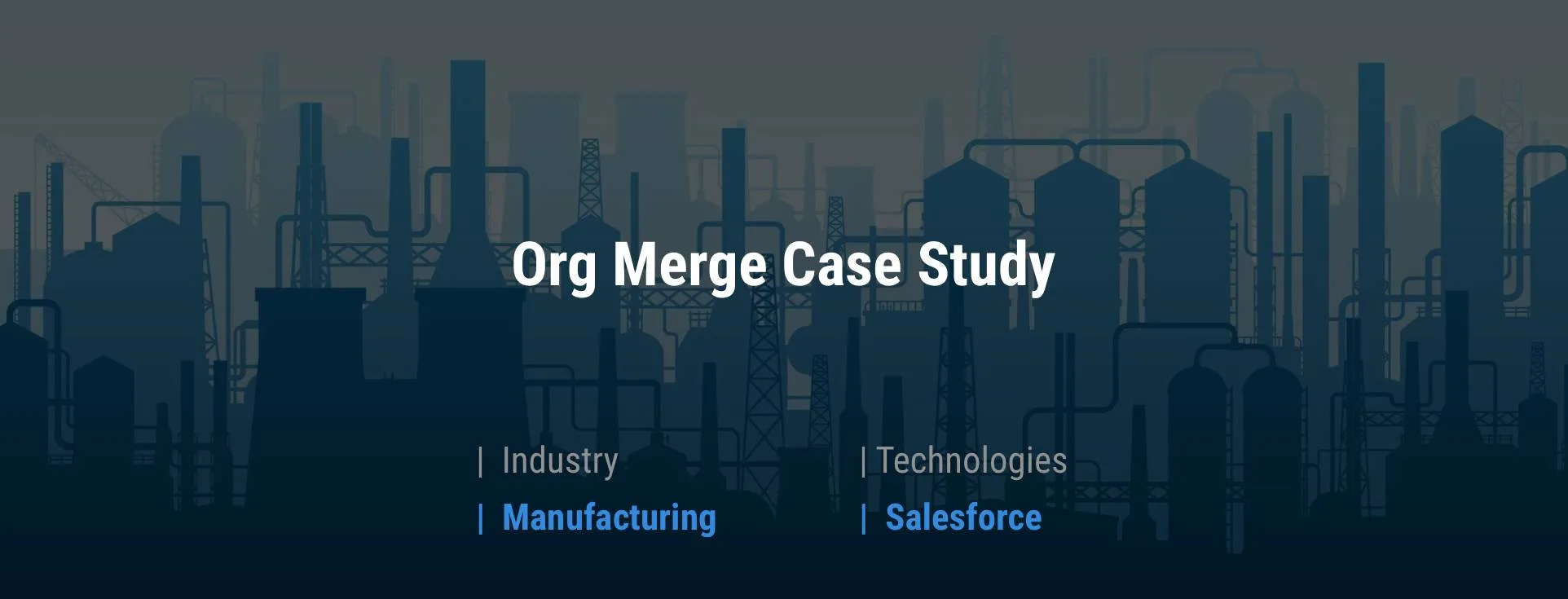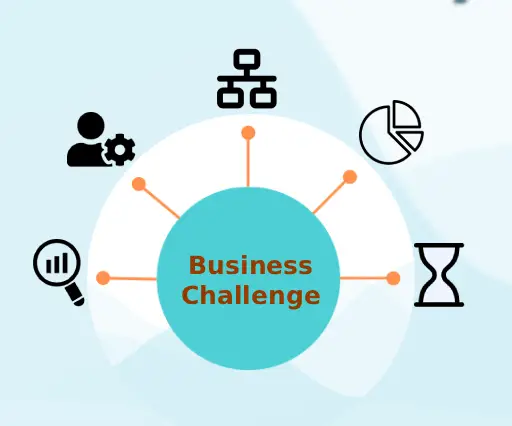
About the Client
The client is an Indian Industrial parts manufacturer and authority in high tensile industrial fasteners. They have multiple factories and are committed to providing high-quality industrial products in both domestic and international markets.

Business Problem
The challenge faced here was that there were two orgs where the customer data would be stored and managed. Domestic and export org users faced challenges when working with different systems. The leadership was finding it hard to find a single view of the business needs and requirements for forecasting and budgeting.
This resulted in their executive team spending more time switching between the two orgs, and monitoring data as the company grew became more challenging. The goal was to consolidate data from both orgs into a single Salesforce org to simplify data management and eliminate the need for the executive team to switch between the two orgs.
The main aim was the consolidation of the two orgs and the migration of the data from one Salesforce org to another. Some key considerations and deliverables needed to be taken care of with respect to the Data Migration.
- Page Layouts and Permissions needed to be migrated to show the same fields and layouts.
- A large volume of data needed to be migrated for multiple Salesforce objects.
- Minimal user re-training was essential. It was important to maintain the user experience since users from the organizations were used to their existing processes and look and feel.
Astrea Approach
With the context of a Data Migration project, there were multiple phases that went on before the actual data transfer could take place.
- Project Planning: Meetings were organised with stakeholders to outline the data migration project’s goals, scope of work, and desired timelines and milestones. The strategy included aspects of risk mitigation measures (such as data backups), change management practices (communicating changes in user workflows to stakeholders), and user onboarding initiatives (such as employee training).
- Data Selection: The customer data and metadata that needed to be migrated to Salesforce were checked to see that it was in line with the project’s goals and the new system. The sources for migration were also highlighted, along with the data model structure and data types in the target system. This included all aspects like Apex custom code, LWC components, Flows, and other automations and validations.
- Data Mapping and Extraction: The data fields were mapped from the source system to the corresponding fields in the Salesforce objects of the target system. Then, data was pulled from the source system via data extraction tools.
- Invalid Data Detection: Invalid and Outdated source data and other forms of metadata that were either not required or might cause errors during the migration process were identified and removed.
- Destination Org Preparation: The target Salesforce.org was prepared for data migration by setting up the necessary objects, fields, record types, and layouts.
- Data Loading: The prepared and transformed data were loaded onto the new org using standard ETL tools.
- Data Validation: Data was validated to verify migrated data integrity, data accuracy, and the proper transfer of automations and custom components. This step also included in-depth user acceptance testing to make sure stakeholders are satisfied with the results of the Salesforce data migration.
Outcome
The data migration was successful, and the client achieved their goal of consolidating data from two different Salesforce orgs into a single org. As a result, users could see all data in a single org without the need to switch between two orgs. The client did not need to purchase a Salesforce license for the old org, which resulted in significant cost savings. The migration improved data management and allowed the executive team to focus on more critical tasks.
Need support with a similar project?
Contact Details
- +91-9818348569
- support@astreait.com